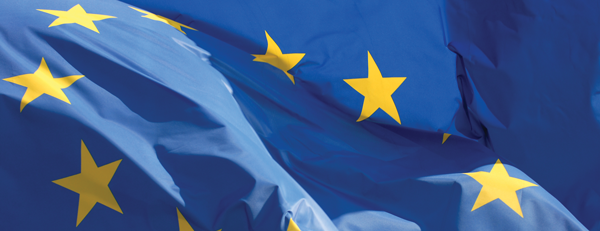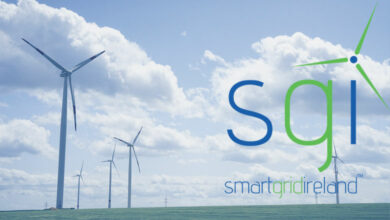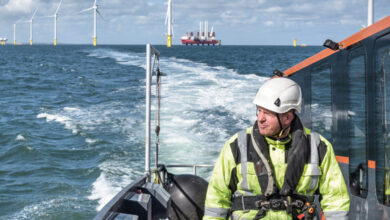Towards the 2020 renewables target
The EU’s 2020 renewables target is expected to be met.
National renewable energy action plans indicate that 20.6 per cent of total EU energy will be renewable by 2020, with the majority of countries reaching their targets by domestic production. Final statistics for 2009 show that 11.6 per cent of EU final energy consumption was derived from renewables, an increase from 8.5 per cent in 2005. By 2020 renewables are anticipated to account for 34 per cent of electricity, 21.5 per cent of heating and cooling, and 11 per cent of transport. Biomass, wind (with two-thirds coming from onshore) and solar are the main technologies forecasted to increase in supply between now and 2020.
Eighteen EU member states have already met their interim renewables targets for 2020. Under the 2009 Renewable Energy Directive, 4 per cent of the UK’s final energy demand must come from renewables during 2011-2012. Provisional figures for 2011 put the proportion at 3.3 per cent.
In the electricity sector, provisional 2010 figures suggest that 6.7 per cent of the UK’s electricity was sourced from renewables (6.6 per cent in 2009). Across the EU, the 2010 figure was 19.8 per cent.
The proportion of heating and cooling sourced from renewables stood at 1.7 per cent in 2009, while 2.67 per cent of the UK’s transport energy was renewable. These levels are considerably lower than those across the EU (13.4 per cent and 4.2 per cent respectively).
The UK is one of 18 member states that have transposed the Directive (on renewables and electricity), with a
5 December 2010 deadline for transposition. The nine countries that have only partly transposed the Directive are: Belgium, Bulgaria, Greece, Spain, Hungary, Austria, Poland, Slovenia and Finland.
Among the 12 energy priorities for 2020 and beyond is an offshore grid in the north seas (i.e. the North Sea, the English Channel and the Irish Sea), in which the UK is involved. The project, which covers approximately 90 per cent of planned offshore wind development in the EU, currently has three working groups: grid configuration; regulatory and market framework; and planning and authorisation.
DG Energy is currently working on a post-2020 strategy for renewables. Consultation on that strategy closed on
7 February and a policy statement (a communication in the Commission’s terminology) is due in early summer. The post-2020 policy framework is expected to address how renewable technologies will progress from laboratory to industrial-sized application beyond 2020. Collaboration on sourcing renewable electricity from third party countries is also expected to be covered.
Other initiatives from the Commission in 2012 will include a report on sustainability requirements for solid biomass. In 2010, the Commission published recommendations for member states on sustainability criteria for schemes for the use of solid and gaseous biomass used in electricity and heating. Following a public consultation in 2011 on the topic, and an external study to benchmark national rules, DG Energy is currently finalising its analysis, but has yet to decide on whether or not it will propose harmonised and binding criteria. The report is expected in the coming months.
R&D, including work on the Horizon 2020 programme, continues. In renewable transport policy, the Commission plans to intensify efforts to increase the use of second generation biofuels, through investment in R&D and accelerating both development and deployment.
The Commission is also planning to develop policy regarding biofuels and indirect land use change so that policy takes the effects of second generation biofuels into account. Growth of biofuels on land previously used for food crops can result in cultivation on grasslands, leading to carbon releases, or cultivation on forested lands.






